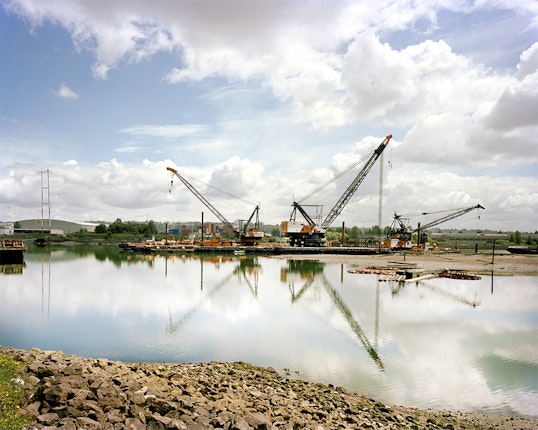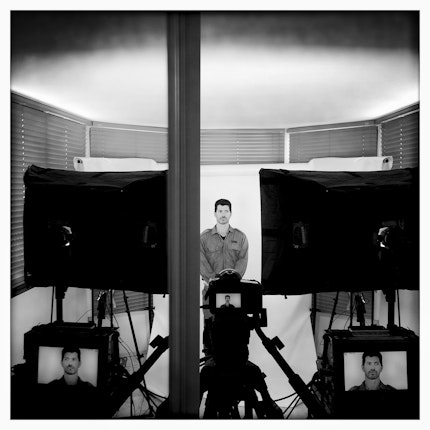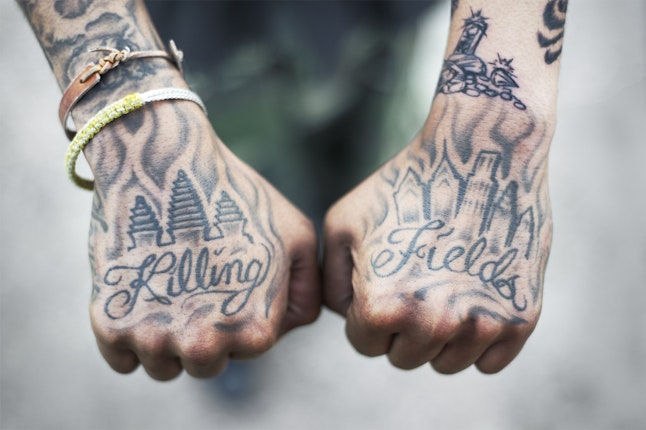The Transformative Power of Photography and Collaboration
By Anna Overstrom-Coleman
This past year, the Open Society Documentary Photography Project revised our Audience Engagement Grant Program. While we remain dedicated to supporting photographers’ collaborative efforts to create meaningful transformation around issues of social justice and human rights, we recognize that this kind of work follows a long trajectory from inception to realization. As a result, we offered two tracks of support—one for project development and one for project implementation—for the many important phases and entry points where partners and communities become involved.
We are pleased to announce and congratulate the following 2014 grant recipients and their partners:
Track 1: Project Development
- Nazik Armenakyan to document women living with HIV/AIDS in Armenia.
- Paul Botes to showcase the impact of the Lonmin Marikana Mine violence in South Africa.
- Robert Godden to address migration policies, practices, and research in Nepal.
- Cristobal Olivares to confront violence against women in Chile.
- Thenmozhi Soundararajan to expose sexual violence against Dalit women in India.
- Andri Tambunan to chronicle the rise of HIV/AIDS within indigenous Papuan communities living in Tanah Papuah.
Track 2: Project Implementation
- Mario Badagliacca with the Archive of Migrant Memories (AMM) on their campaign to collect, archive, and share testimonies of migrants held in Identification and Deportation Centers throughout Italy.
- Rula Halawani with Al-Ma’mal Foundation for Contemporary Art to produce an exhibition addressing Palestinian identity and collective memory, as these relate to the natural and physical environment.
- Karim Ben Khelifa with the Massachusetts Institute of Technology’s Open Documentary Lab, Department of Brain and Cognitive Sciences and the Computer Science and Artificial Intelligence Lab to create an augmented reality installation that will allow users to engage with soldiers from across enemy lines.
- Jean Melesaine with Silicon Valley De-Bug to work with California public defender offices in effectively and responsibly producing client “social biography videos” as tools for reducing sentencing and potential incarceration.
- Pete Pin with the Cambodian Association of Greater Philadelphia and Michael Weiss (of IXL Learning) to create an online platform for Cambodian Americans to share their family stories based on ephemera saved from before the war and refugee camps.
- Michael Premo and Andrew Stern with Working Films’ Reel Power Initiative to educate and mobilize communities in areas surrounding shale beds and to build public opposition to the recent lift of a ban on fracking in North Carolina.
- Brooke Singer with the Center for Health, Environment, and Justice to develop a more accessible, user-friendly Superfund365.org, a data visualization archive of the worst toxic-waste sites in the United States.
The 2014 grantees take on multiple and often simultaneous roles—artists, activists, advocates, and community organizers, to name just a few. In rethinking the Audience Engagement Grant, we also saw a need to better understand, from our grantees, what these projects require and make possible in the communities they aim to serve. For the first time we will gather both groups for an off-site retreat in December to incorporate both individual and collective learning, reflection, and engagement.
During our time together at the retreat, we hope to challenge each other to test assumptions, reassess goals, and strategize on moving forward mindfully and effectively. As much as we are interested in resulting actions, we care equally about the theories of change and values driving these projects, as well as how those are communicated. We believe that developing such a roadmap in a space of shared learning allows for personal growth, and by extension, social change.
Until October 2015, Anna Overstrom-Coleman was a senior program coordinator with the Open Society Documentary Photography Project.
















